Reverse Canvas Sign Tutorial
---------------------------------------
Reverse canvas is a sign making technique that has become very popular. They are relatively easy to make and look beautiful when completed. There are many different styles and variations you can create with them, so modify the technique to your personal style and home decor to make the perfect sign that you love. I love rustic, farmhouse style, so in this tutorial, I will be sharing how I created my sign in this style.
If you would like a sign like this already made rather than making your own, you can purchase yours HERE. Other reverse canvas frame designs are available HERE.

Note: This post contains affiliate links. By clicking on them and purchasing products through my links, I may receive a small commission for qualifying purchases (at no additional cost to you).
You can use any size stretched canvas. For this tutorial, I used a 9" x 12" canvas. I purchase canvases in value packs to get the best deal, but you can also buy them individually at your local craft store.
STEP #1 - REMOVE CANVAS FROM FRAME
Use a craft knife to cut the canvas off the wood frame from the back. Cut along the outside edge of the staples. (Don't worry about it being neat and perfect. You'll be trimming the canvas down later on, so right now it doesn't matter.)


Once you've trimmed around all sides of the canvas, pull off the canvas strips that are attached to the staples. Then remove the canvas entirely from the wood frame.

You do not need to remove the staples. They will be covered up in the last step, so don't waste your time removing them. It's ok if some of the canvas is stuck under the staples. Just be sure to trim any canvas that is hanging over the wood frame.

STEP #2 - SAND THE FRAME
Set the canvas aside. Depending on the canvas you are using and your style preference, you may have 1 additional step before painting or staining.

The canvases I use have a number printed on the inside of the wood frame. If you leave it on there, it will show through your paint or stain, so you will need to lightly sand it off.


I do not sand the rest of the frame because I prefer the rustic and rough look that the unsanded frame has. If you prefer a more streamlined look, you may prefer to sand the frame to your liking before painting or staining.
STEP #3 - PAINT OR STAIN THE WOOD FRAME
Paint or stain the frame any color you want. For this frame, I used Minwax Wood Finish Stain in dark walnut.
Although most of the back side of the frame will be covered in the last step, some of the outside edges may show. So, I start staining on the back side and just stain the edge from right about where the staples are to the outer edge. It will give it a more finished look when completed if there is no bare wood showing. (Since most of it is going to be covered, there's no need to waste your paint or stain on the entire back side of the frame.)


Next, I work from the inside out, staining the inner part of the frame first and then moving on to the front side of the frame and the edges.


I prefer to let the frame completely dry overnight. Otherwise, it can be sticky to the touch when working with it and you may get stain where you don't want it to get (there's a reason it's called STAIN😉).
STEP #4 - PREPARE THE CANVAS
While the frame is drying, you can prepare the canvas. Use the creases on the canvas as your cutting guide.

Simply cut along the creases of the canvas. This trimmed canvas is what will be the backing to your sign, so you do want to be neat with this cutting.


STEP #5 - MEASURE YOUR DESIGN
Measure the inside dimensions of the wood frame to see what size your design needs to be. (You may want to complete this step before staining so you can work on preparing your design while the frame is drying.)


There are many options for how you can complete the design for your reverse canvas sign. You can paint your own design directly on the canvas, use stencils for painting, or use a cutting machine like I did, such as a Silhouette Cameo, to cut out your design on heat transfer vinyl.
Whichever design method you choose, prepare your design in the size space that you measured so you are sure it will fit within the dimensions of your frame.
STEP #6 - APPLY DESIGN TO CANVAS
Once your design is cut, it's time to press it onto the canvas. I press it to the front (white) side of the canvas, but I have seen people attach designs to the back (tan) side too. It just depends on what look you're going for.
You first need to prep the canvas by pressing it with your iron or heat press for 10-15 seconds to get out any moisture that is in the fabric. This allows the heat transfer vinyl to adhere better to the canvas.
Flip the frame over so the back side (with the staples) is facing up. Align the trimmed and pressed canvas to the edges so you know where to place your design. Then carefully flip the sign over while you hold the canvas in place.


Now you can place your design where it will go. (I'm an eye-baller, but you could pull out a good ol' fashioned ruler here if you prefer.)

Smooth the design in place and then carefully remove the frame. Then apply the design by pressing for 15 seconds with an iron or heat press. You may have to do a couple presses if your design is longer than your heat press or you're using an iron. Just press each section for 15 seconds.
Once your design is completely pressed onto the canvas, remove the carrier sheet from the heat transfer vinyl. I like to give 1 more press after removing the carrier sheet just to ensure the vinyl has completely adhered.
DO NOT IRON OR PRESS DIRECTLY ON THE DESIGN. ALWAYS USE A TEFLON SHEET OR OTHER HEAT RESISTANT MATERIAL ON TOP OF THE DESIGN. OTHERWISE, THE HEAT TRANSFER VINYL WILL MELT ONTO YOUR IRON OR HEAT PRESS.


STEP #7 - GLUE CANVAS TO FRAME
You're almost finished! Now you just have to glue the canvas to the frame. I align the canvas with the back side of the frame and flip it over to eye-ball the direct placement. Once I have it aligned properly, I carefully flip it back over and temporarily secure the canvas to the wood frame using push pins.

Now, working a quarter section at a time (because hot glue dries super fast), squeeze a thin line of hot glue with a glue gun along the center of the wood frame edge. Immediately after applying the glue to each section, smooth the canvas on the glue by pressing your fingers on the canvas, working toward the outside of the frame and making sure the canvas is taut.
(I highly recommend investing in hot glue finger caps to save your fingers from hot glue burns!)


Continue gluing around the entire frame, one section at a time, until all sections are glued down. Some hot glue may leak out around the edges. That's ok, if you have your hot glue finger caps on, you can simply scrape that off while it's hot. Otherwise, wait for the glue to cool a little and then peel off the excess hot glue.
STEP #8 - ATTACH SAWTOOTH HANGER (optional)
If you plan to hang your sign on a wall, you're going to need to attach a sawtooth hanger to the back. If you plan to set your sign where it just leans against a wall or sets on a shelf, there's no need for you to attach a hanger.

Well, that's it! It's really quite simple and looks like it was a lot harder to create! I LOVE reverse canvas signs so much, now I just need more walls and shelves in my house to keep adding more.


Want to save this project for later? Why not use the image below to pin it?!
And if you want more tutorials along with some FREEBIES, head on over to my Facebook group, Keep Calm and Craft On. Can't wait to see you there!







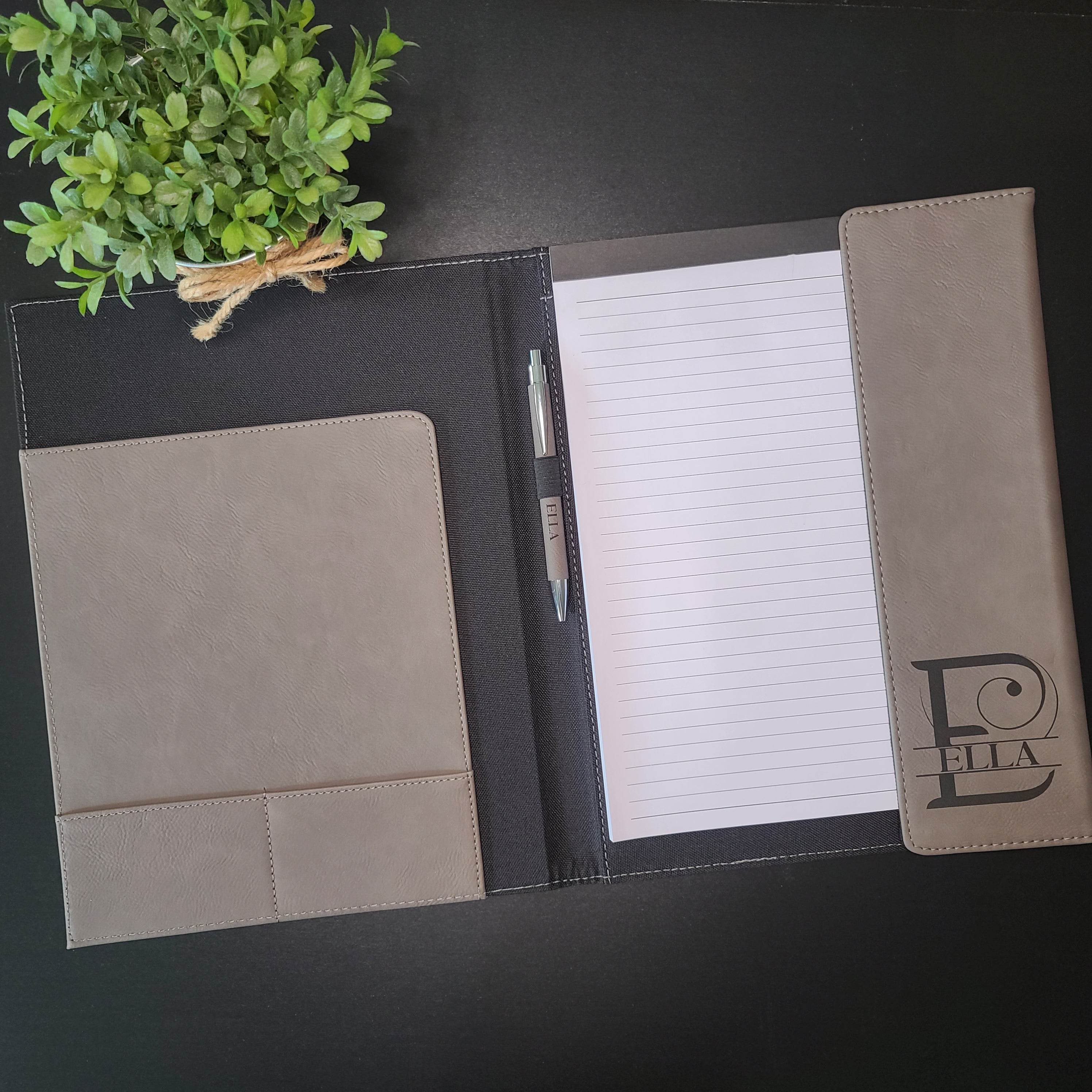
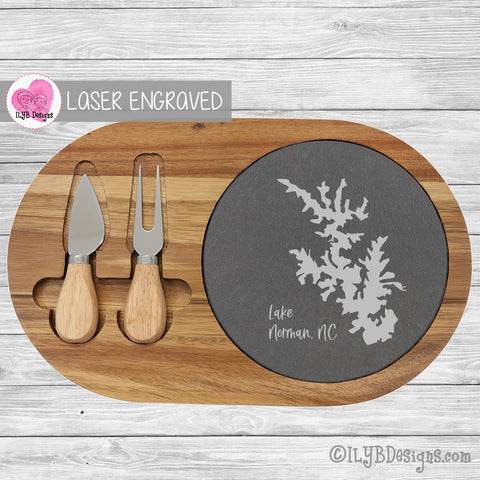

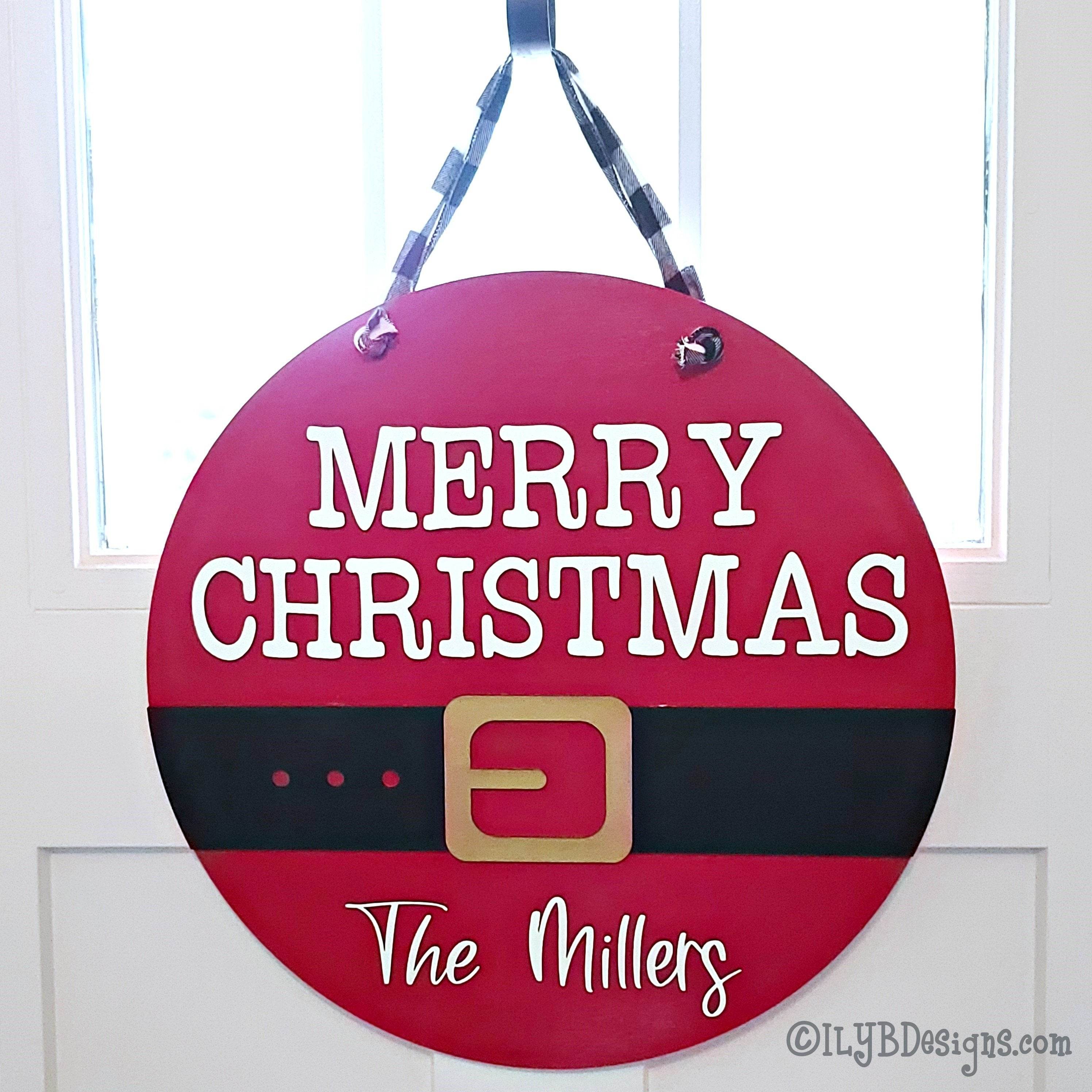
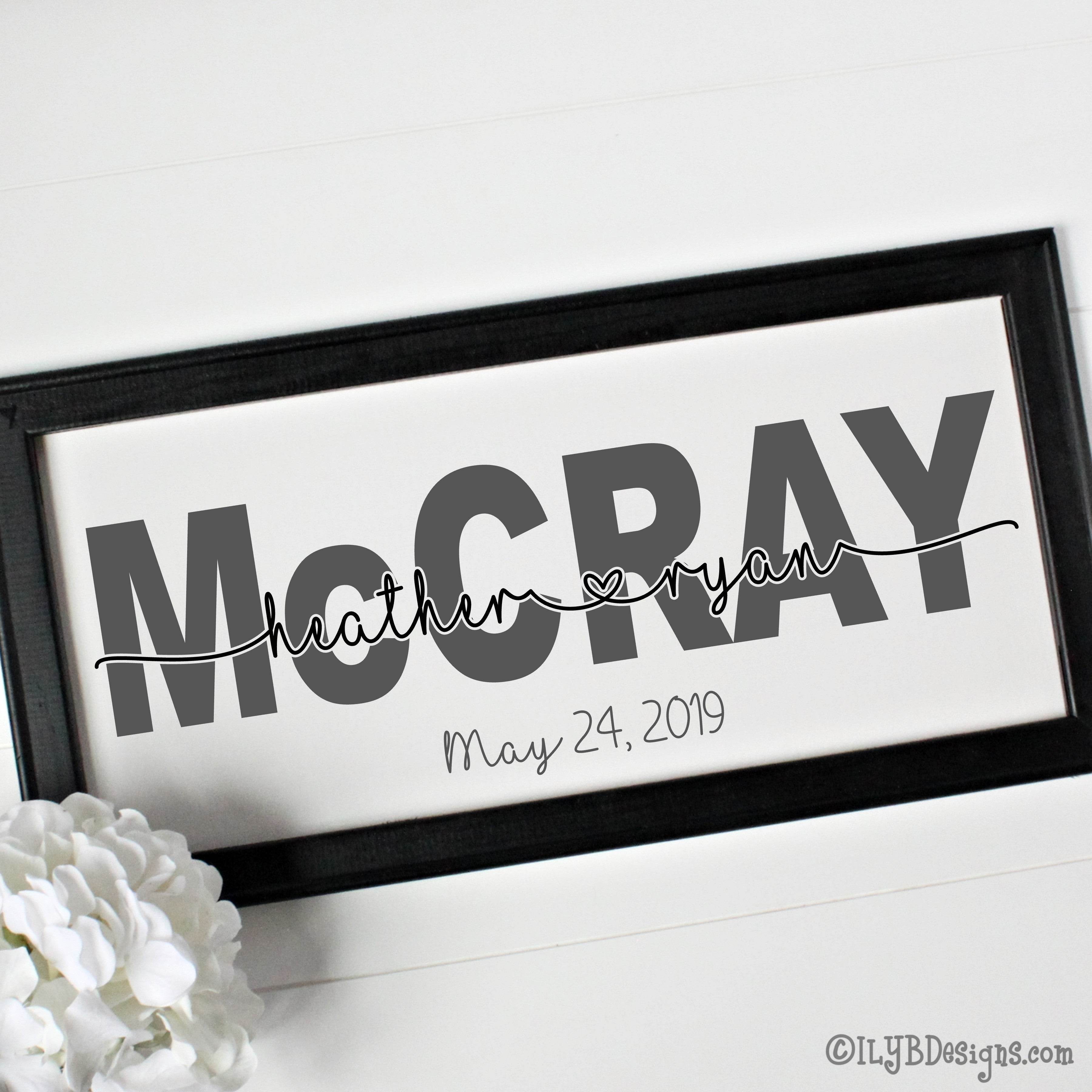

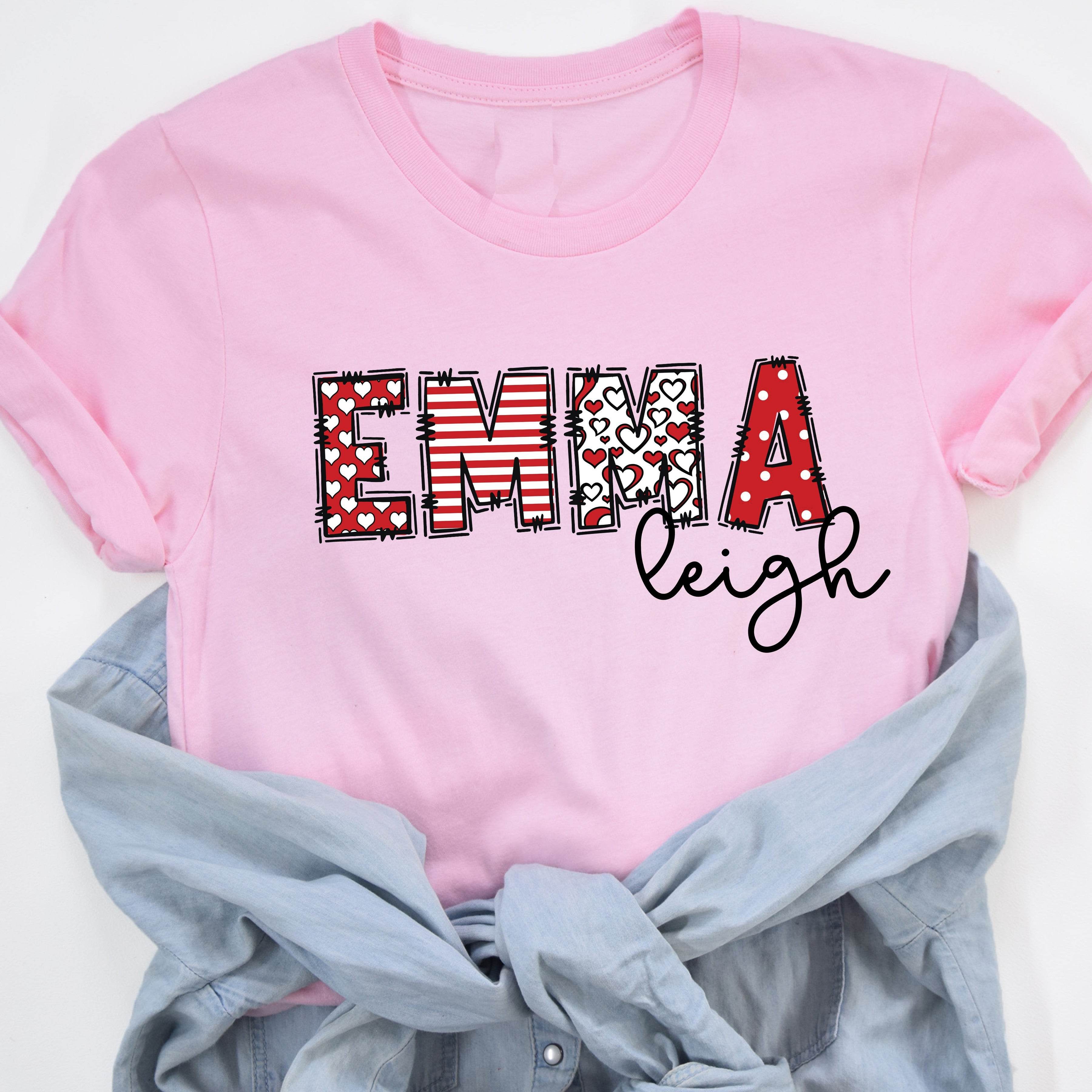
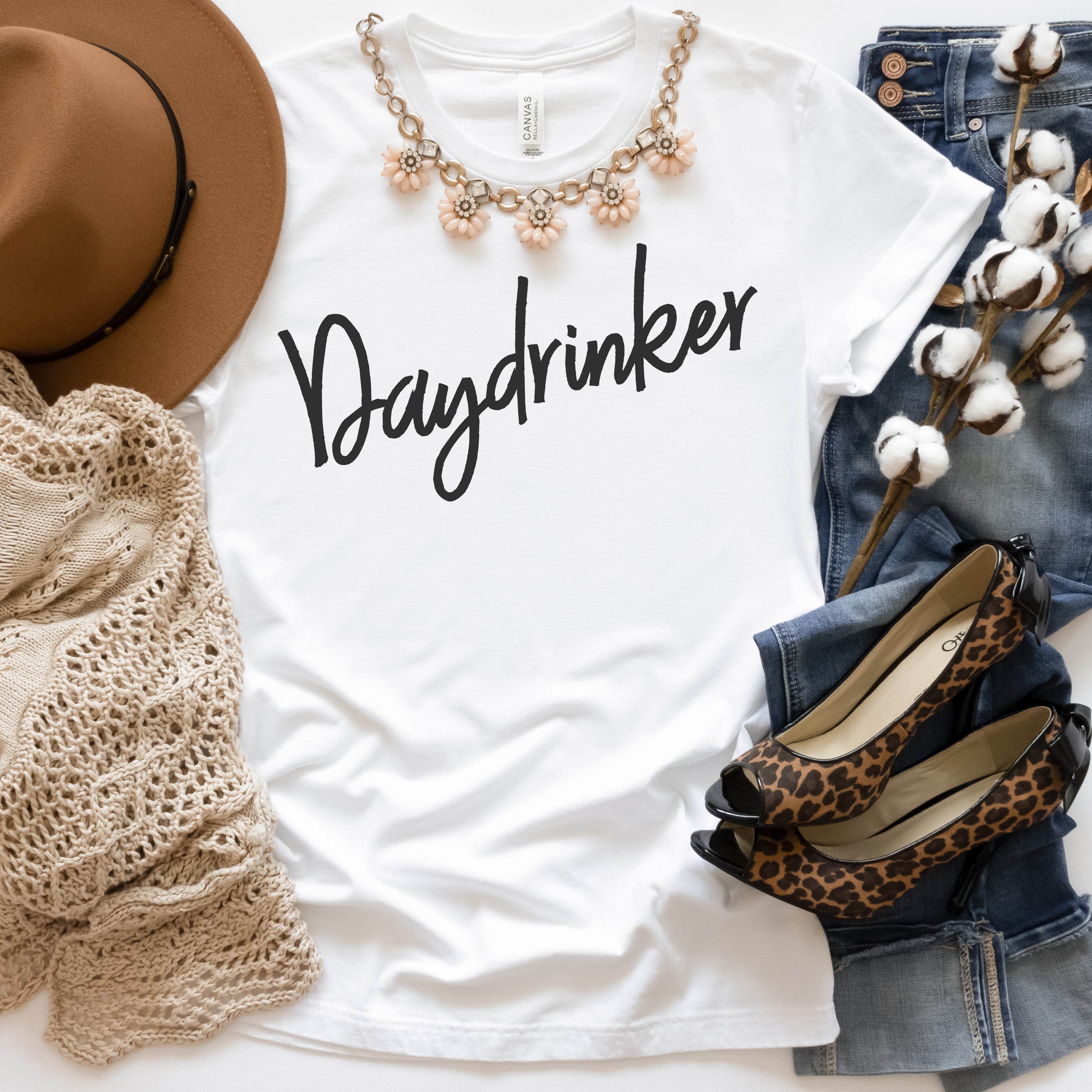







LOVE!!! Such cute ideas!!!
Leave a comment